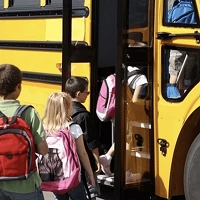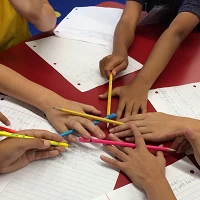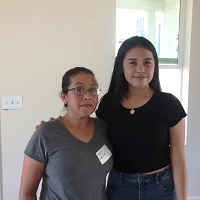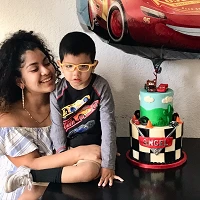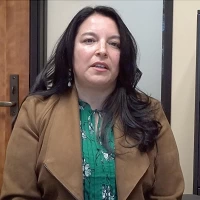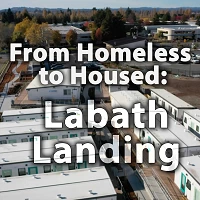 The California Army National Guard clears debris in Paradise, California. Credit: U.S. Air National Guard photo by Senior Airman Crystal Housman)
The California Army National Guard clears debris in Paradise, California. Credit: U.S. Air National Guard photo by Senior Airman Crystal Housman)
On the night of October 8, 2017, the Tubbs, Nuns and Pocket fires swept through Northern California, destroying more than three thousand homes, leveling neighborhoods and claiming 42 lives. At the time the Tubbs Fire hit Santa Rosa, it was the most destructive in California history. It has since been surpassed by the Camp Fire in Butte County, which destroyed more than 7,000 homes and killed 85 people. Over a year later, families throughout Northern California are still struggling from the initial trauma and the aftermath of these fires.
According to the U.S. Center for Disease Control and Prevention, adverse childhood experiences (ACEs) can lead to poor health outcomes later in life. The greater the number of adverse experiences a child endures, the more likely they will be to suffer from health conditions like asthma, diabetes, coronary heart disease and others. During natural disasters like wildfires, traumatic events are often compounded. This includes community-wide disruptions, loss of loved ones, displacement, and the ongoing stress of living in the same geographic area where the event is likely to happen again. Strengthening social support services may reduce the amount of trauma that youth would otherwise endure after devastating wildfires.
This series addresses these ongoing challenges of recovery and shares the lessons learned in both Santa Rosa and Paradise. As fires recur across California every season, it is important to understand the traumatic impact they can have on youth. While we may not be able to quickly change the trajectory of the climate, we can control the support networks we have in place for families who are devastated by these disasters.
Resources
The Wildfire Mental Health Collaborative offers a number of recovery resources and programs for Sonoma County residents. CLICK HERE for a list of recovery resources in Butte County.
To learn more about helping children recover after natural disasters, visit the Natural Hazards Center children and disasters collection.
This series was produced for the USC Annenberg Health Journalism Fellowship.

 Live Radio
Live Radio
